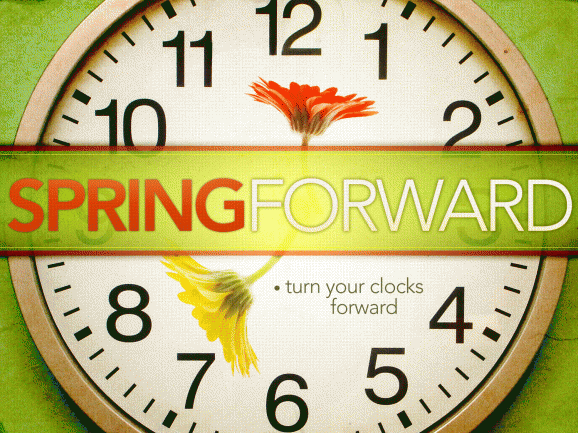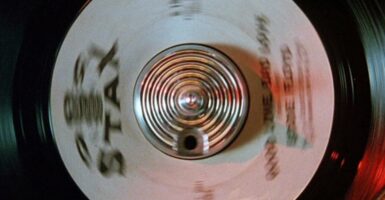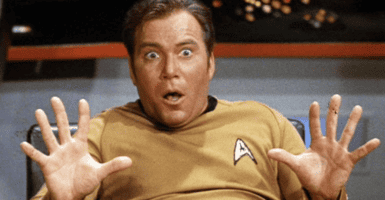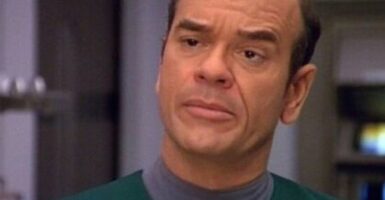A Brief History Of Daylight Savings Time
This article is more than 2 years old
 Good morning, sleepyhead. Slept in, did you? Or is it later than you thought? You might be wondering where did that hour went. Maybe you feel a bit out of kilter, robbed of a precious 60 minutes that you could have spent trolling the internet or putzing around the kitchen in your bathrobe. It’s funny how springing the clocks forward an hour can be so discombobulating. So why do we do it? And does it actually help anyone?
Good morning, sleepyhead. Slept in, did you? Or is it later than you thought? You might be wondering where did that hour went. Maybe you feel a bit out of kilter, robbed of a precious 60 minutes that you could have spent trolling the internet or putzing around the kitchen in your bathrobe. It’s funny how springing the clocks forward an hour can be so discombobulating. So why do we do it? And does it actually help anyone?
The idea is older than you might think. George Vernon Hudson, an astronomer and entomologist who moved from Britain to New Zealand when he was 14 (there were more bugs in New Zealand, I guess) came up with it in 1895. He had a shift-work job, and he hated a feeling I’ve experienced plenty of times myself, getting off work only to realize that you’ve entirely missed seeing the sun. Plus, if you’re hunting fireflies, it’s pretty tough to collect insects in the dark. Hudson detailed a two-hour time shift to “save” daylight in a paper he presented to the Wellington Philosophical Society, and three years later he wrote another advocating the idea. Germany and Austria-Hungary were the first countries to jump on board in 1916, and most of the world joined in, although now, there are more countries that have stopped using DST than there are countries that still use it.
Sure, it’s great to have more daylight at the tail end of the day, but returning to pitch blackness upon waking up in the morning is no picnic. There are pros and cons, to be sure. A big sell was helping cut down energy use, especially incandescent lighting and electricity. A study published in Science Direct found that “There is general consensus that DST does contribute to an evening reduction in peak demand for electricity, though this may be offset by an increase in the morning” and that “there are just as many studies that suggest no effect, and some studies suggest overall energy penalties, particularly if gasoline consumption is accounted for.” In other words, DST may not conserve energy after all, especially when all manners of use patterns in different parts of the world are taken into account. It’s thought that retailers benefit from more daylight when it comes to after-work sales, but that may be a trade-off with the later start that some restaurants and entertainment venues contend with.
We all know the challenges of DST, like dark morning bike rides to work, and clocks that show different times for at least a month, leaving folks confused about what time it really is. I’m grateful for my computer and phone at these times, at least I know I can trust them to keep it straight, although I always wonder how they can figure it out given that the DST dates keep changing (thanks, Congress).
In terms of our health, while we may get more outdoor time and exercise, this is a double-edged sword. More vitamin D is good, but skin cancer isn’t. There are some claims that DST increases depression rates because people are getting up earlier, and messing with one’s sleep and circadian rhythms is never good. A Swedish study correlated DST and heart attacks, and another found an increase in mine accidents right after DST. Kazakhstan abolished the practice entirely for health reasons and Russia did too, due to “stress.” Arizona and Hawaii have also opted out.
So whatever you’re feeling today, you’re not alone. But we’ll all get used to it soon enough, or at least, in plenty of time to be shaken up again when we fall back in November.












